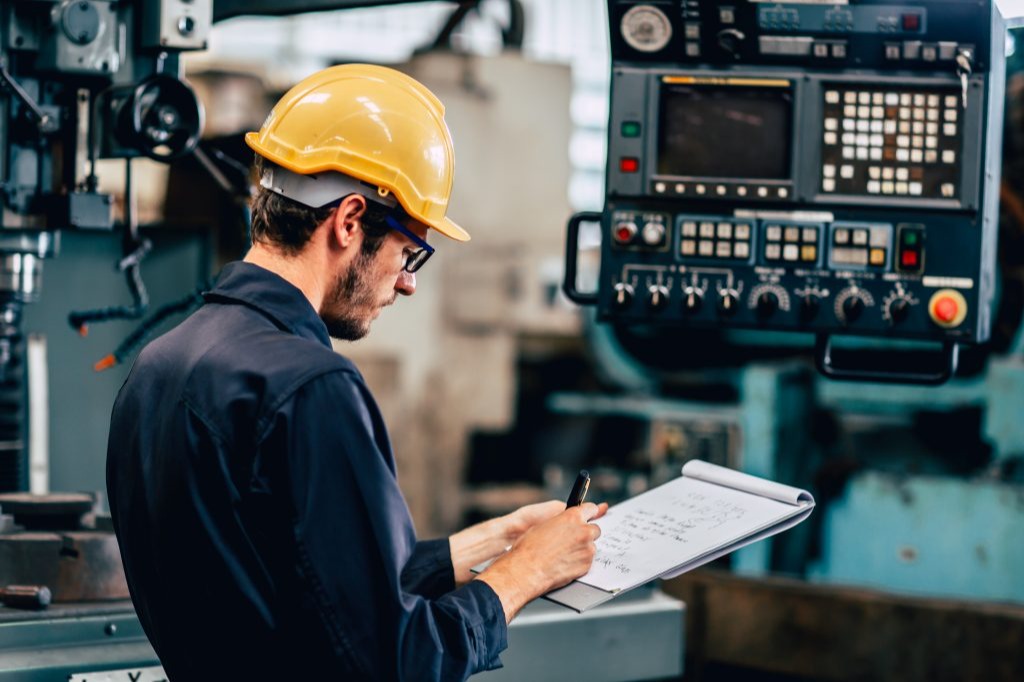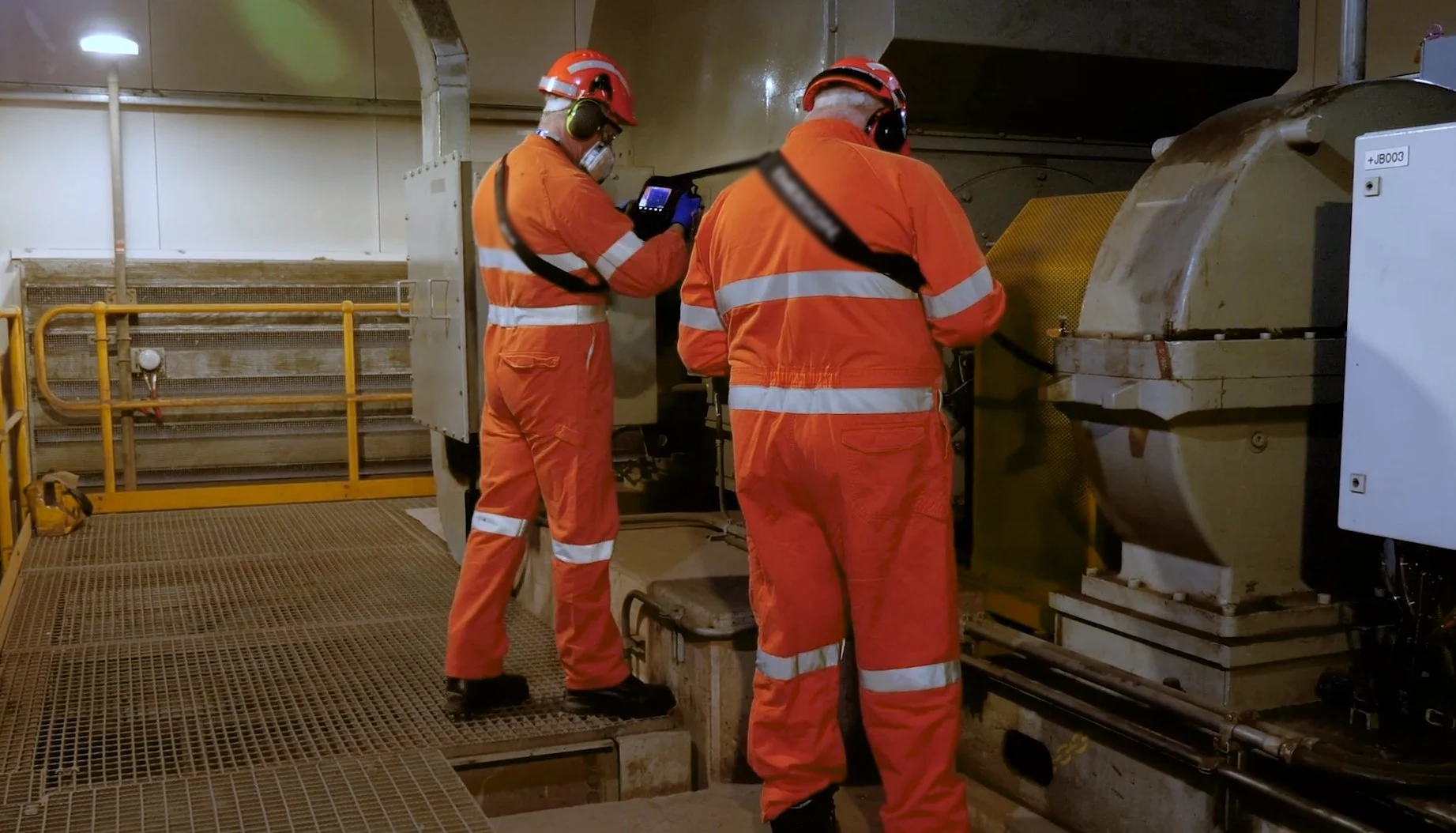Equipment Condition Monitoring Should Cover Your Whole Fleet

If you're undertaking a reliability centred maintenance approach - or any maintenance program that requires condition monitoring - and only monitoring a handful of assets, you're likely shooting yourself in the foot. Of course, you likely rank equipment by criticality, but it's important to ensure you're getting the full picture of your fleet health. Utilisation, energy efficiency and overall fleet condition are particularly useful metrics for organisations.
Quite often in our discussions with businesses, we find teams eager to monitor some, but not all, of their equipment. Often it's only the most critical of assets they wish to monitor, leaving some massive unknowns when it comes to equipment that is still necessary for the organisation to function effectively. This prevents maintenance from running optimally, plus it has significant effects on operations teams too. These two departments have the potential to unlock some serious synergy and that begins with unlocking information.
Total Equipment Condition Monitoring Optimises Workforces
The more assets that have condition monitoring technology, the more your workforce can make smarter (and higher value) decisions. More time can be spent on tasks such as maintenance assessment, and less time travelling to areas, setting up tests, and recording data. This is heightened if maintenance crews are conducting costly preventative maintenance work on assets that are in healthy condition, or conducting the wrong kind of maintenance. On the operations side, it enables peace-of-mind that equipment is operable and ready to meet requirements. Plus, open platforms like FitMachine create instant feedback loops; operations teams can see and report on equipment issues to minimise potential downtime.
Less Gaps in Data
It goes without saying, that the less assets that have continuous condition monitoring, the less insights you’ll have over your plant. The more assets in your plant that require being manual inspection ad manual recording of measurements, the less likely it is that you will have a real-time picture of your fleet condition. Whilst these tools do provide key insights, they only provide a snapshot every month or quarter, which can lead to data errors and data gaps. It is within these gaps that costly breakdowns, downtime and repair occur. There is literally no downside to a solution that collects information in real-time and analyses the data using AI & machine learning. Maintenance teams can make more informed decisions, faster, whilst eliminating redundancies and wasted time. Operations teams can better understand equipment utilisation to unlock capacity efficiencies. Plus, issues can be reported well ahead of failure.
Improved visibility over the entire plant
A single unified database presents greater opportunities to view operational metrics such as plant uptime, fleet health and utilisation over a greater period of time. This enables leaders to identify patterns, interpret information visually and make the most informed decisions. More data doesn't mean more headaches or confusion - with the right tools in place. Platforms that offer visual data tools and the ability to parse out unnecessary information automatically are extremely valuable.
Being able to access the equipment metrics you need, when you need them, for each asset, has massive potential to level up your effectiveness - whatever your job function. Very rarely are our actions and functions independent of others within an organisations, so why should the visibility of information be siloed? Greater visibility, provided in an easy-to-interpret format, makes it simple to understand our contribution to the big picture and assess the impact of our actions.
Better ROI & TTV Attribution
In these scenarios, it can also be hard to define value, particularly at the beginning of a project. By monitoring only a few pieces of kit, it is hard to make any kind of real operational change that would result in any cost-saving. Essentially then value boils down to the question, ‘did this prevent a failure?’
Given the fact that failure modes are hard to predict and (hopefully) quite spread out, value becomes a bit of a guessing game. Instead by monitoring a wide range of assets, of different levels of criticality, companies can begin to make operational changes, such as the altering of maintenance habits, or the carrying of spare parts. This will enable you to see value and achieve Return on Investment (ROI) in a more timely, measurable manner.
When it comes to understanding ROI or TTV, more information (and more specificity) is always useful. Quite often we find organisations unable to articulate their ROI or how that value was achieved. Understanding where value comes from and identifying opportunities to expedite the process to achieve it is critical to making a positive impact on the bottom line. This process also provides teams with a roadmap to achieve objectives - highlighting focus areas for development and investment.
It's quick and easy to get visibility over your entire fleet conditions. Speak with us about your existing (or planned) asset condition monitoring projects to align your objectives with the right solution.
Image sourced from: https://www.freepik.com/premium-photo/young-profession-technician-engineer-operate-heavy-machine-automated-cnc-factory-worker-with-check-list_7344510.htm


